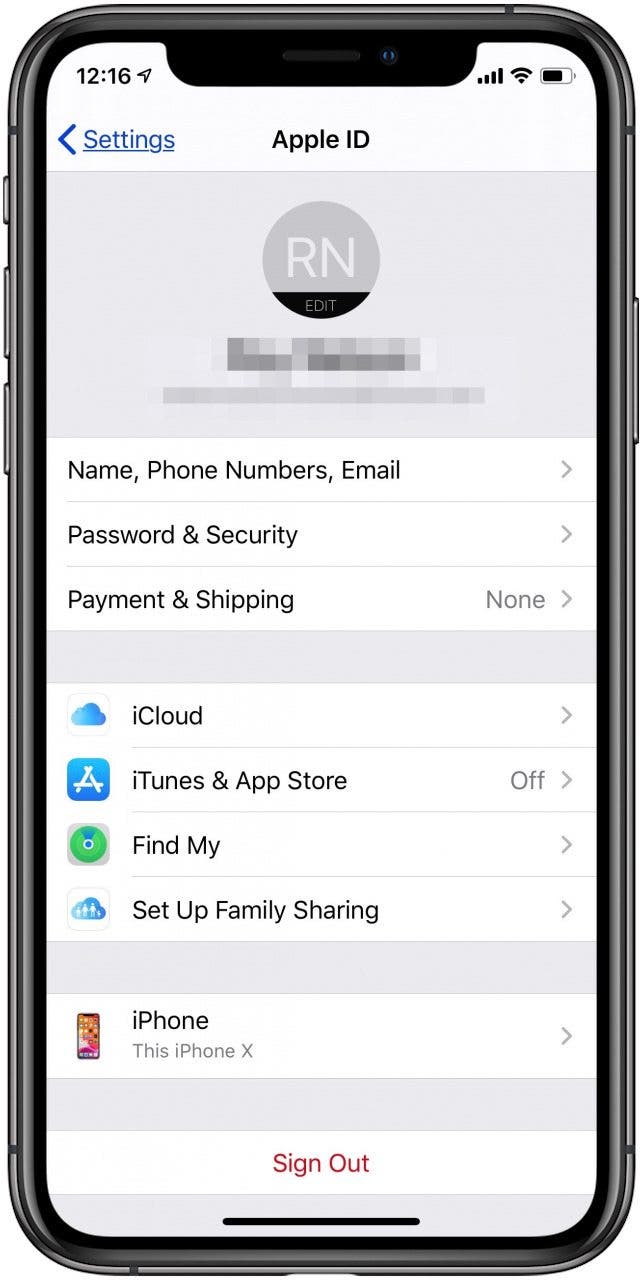

And remember, it is case-sensitive.Īfter you've created your first app-specific password, a "History" link will appear in the same section you used to create one.

Enter it exactly as displayed, dashes and all. Once the label is saved, a password will be presented. An app-specific password is hidden under the black bar. Meaning if you're setting up an app on the new Moto X, use the app's name followed by "Moto X." This not only helps you remember what app you setup, but what device. You'll be asked to give the password a label, or name, use something you can easily identify both the app and the device you used it on.

To create a special password, you'll need to visit the My Apple ID website.Apple's My Apple ID site where you create app-specific passwords.
#Apple password creator android
Signing into your iCloud account in Outlook, using the Email app on an Android device or a third-party calendar app are all examples of when an app-specific password is going to be required. Instead of forcing you to enter your account password, you create a single-use app-specific password, eliminating any potential for your account to be compromised. The change requiring app-specific passwords was put into place on October 1.įor those unfamiliar, app-specific passwords are used when an app or service you're attempting to sign into doesn't support two-step verification.
#Apple password creator verification
An unfortunate incident spurred Apple to secure users iCloud accounts using both two-step verification and app-specific passwords. The change was prompted after the recent celebrity photo leak. Apple has long offered two-step verification for iCloud accounts, but extra barrier for gaining access to your account was limited.


 0 kommentar(er)
0 kommentar(er)
